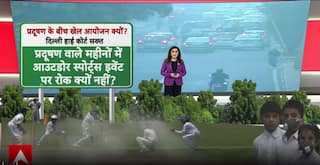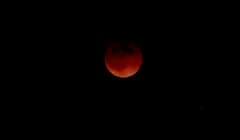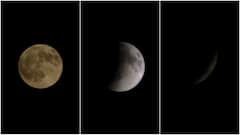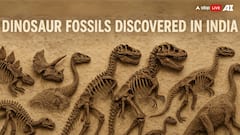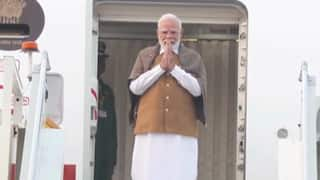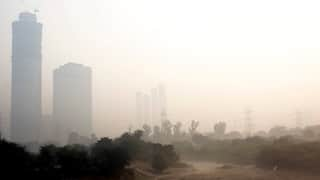Aditya-L1 Starts Scientific Experiments, Payload's Data Will Help Understand Particle Behaviour Around Earth
Aditya-L1: The sensors of an instrument called Supra Thermal & Energetic Particle Spectrometer (STEPS) that have started collecting scientific data on the behaviour of particles surrounding Earth.

Aditya-L1 has started its scientific experiments. A remote sensing payload onboard India's first space-based solar observatory to study the Sun has started measuring suprathermal ions, or very energetic particles, and electrons at distances greater than 50,000 kilometres from the Earth. It is the sensors of an instrument called Supra Thermal & Energetic Particle Spectrometer (STEPS) that have started collecting scientific data, the Indian Space Research Organisation (ISRO) said in a mission update on X (formerly Twitter).
By analysing this data, scientists will be able to better understand the behaviour of particles surrounding Earth.
Aditya-L1 Mission:
— ISRO (@isro) September 18, 2023
Aditya-L1 has commenced collecting scientific data.
The sensors of the STEPS instrument have begun measuring supra-thermal and energetic ions and electrons at distances greater than 50,000 km from Earth.
This data helps scientists analyze the behaviour of… pic.twitter.com/kkLXFoy3Ri
ISRO has also shared a graph showing the change in the behaviour of energetic particles with time. The Y-axis represents "Integrated Counts", which is a unit used to denote collections of energetic particles. The X-axis represents time in UTC (Coordinated Universal Time). Therefore, overall, the graph shows the variation in integrated counts over time. These measurements were made within Earth's magnetosphere. The entire data has been collected by STEPS sensors.
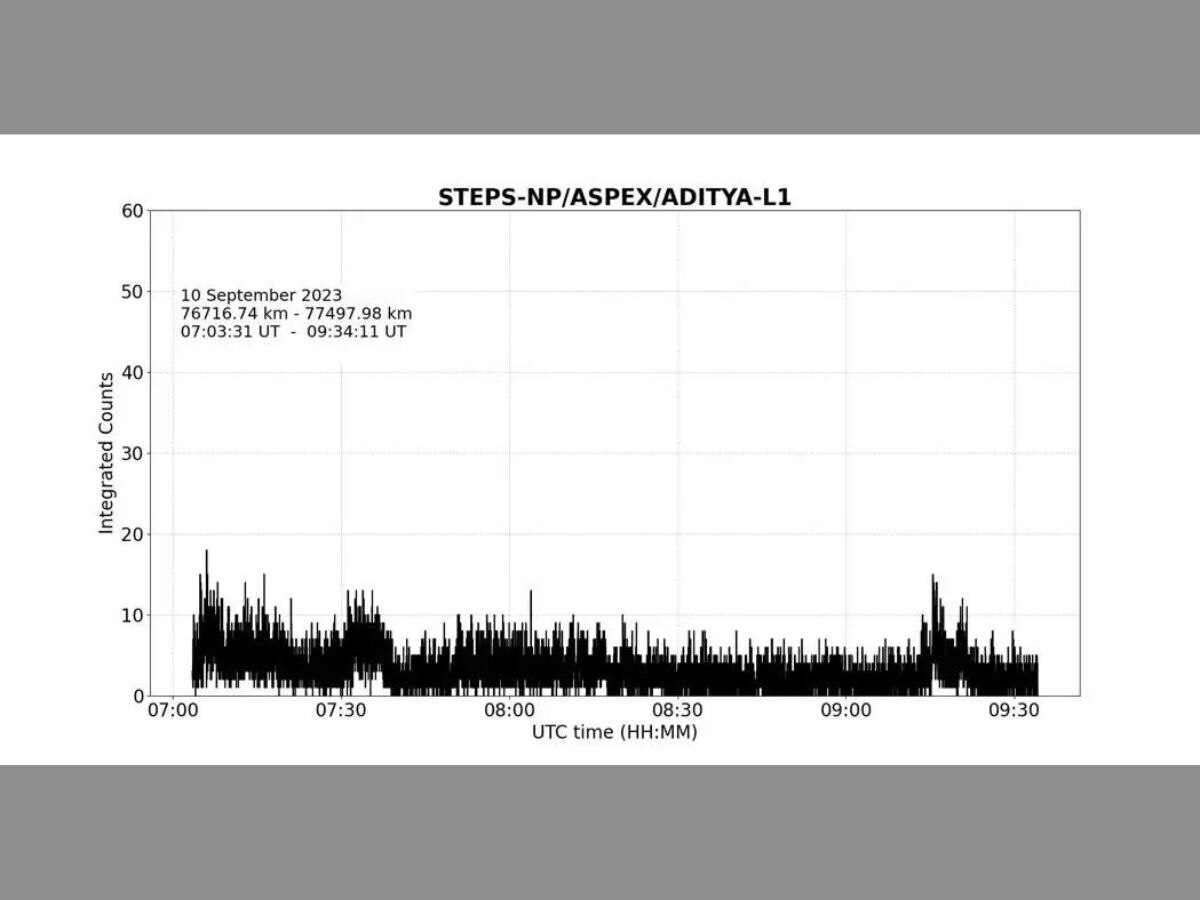
STEPS has six sensors, and each of them observes and measures suprathermal and energetic ions in different directions. The energies of the ions range from 20 kiloelectron volts per nucleon to five megaelectronvolts per nucleon. In physics, a nucleon refers to a proton or a neutron. Meanwhile, the energies of electrons exceed one megaelectronvolt.
ALSO READ | Aditya-L1: How Close To The Sun Will India's First Solar Mission Go? Will It Touch The Star? Know Everything
STEPS is equipped with low and high-energy particle spectrometers, which helps conduct such measurements.
With the help of these observations, scientists can analyse the behaviour of particles in the presence of Earth's magnetic field.
ALSO READ | Aditya-L1 Will Be Placed 1.5 Million Kilometres From The Earth. Know The Significance Of This Distance
ISRO activated STEPS on September 10, 2023. The instrument analysed particles at a distance more than 50,000 kilometres from Earth, which is equivalent to more than eight times the Earth's radius. This means that Aditya-L1 is located well beyond the radiation belt region of Earth. ISRO also completed necessary instrument health checks, following which data collection continued. After this, Aditya-L1 had moved to a distance greater than 50,000 kilometres from Earth.
All the units of STEPS are operating within normal parameters. Aditya-L1 recently completed its fourth Earth-bound manoeuvre. Its next manoeuvre will allow the spacecraft to enter the cruise phase of its journey. The cruise phase is important because it will help Aditya-L1 progress towards the Sun-Earth Lagrange point 1 (L1).
During the cruise phase, STEPS will continue conducting measurements. Even after Aditya-L1 is placed in the intended halo orbit around L1, the measurements will keep taking place.
Scientific experiments conducted around L1 will help scientists obtain insights into the origin and acceleration of solar winds and space weather phenomena, and also understand how these activities have different energies in different directions.
MUST READ | Aditya-L1: What Makes India's First Space-Based Solar Observatory To Study The Sun Unique

















